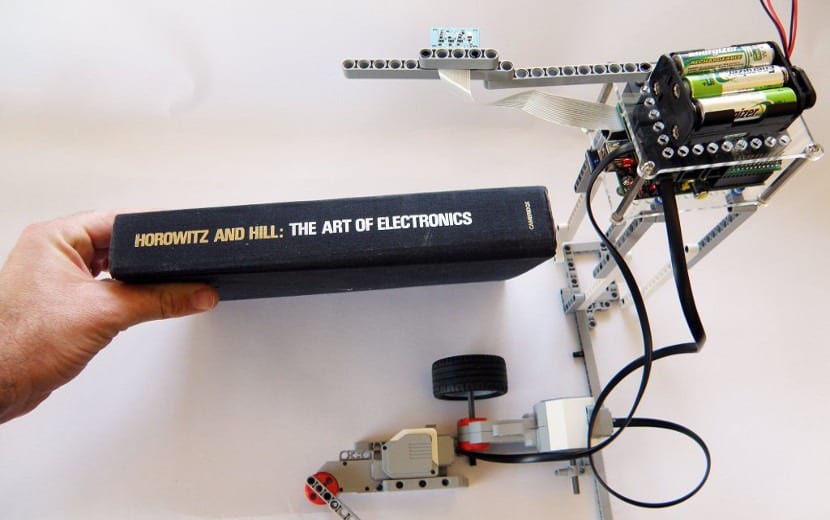
The uses that we can give to the Arduino boards are almost infinite but also the uses that we can give to the Raspberry Pi are many and not all of them are having a minipc.
In this case we are going to tell you how build a book scanner to digitize our paper books and convert them to pdf or epub, so that they take up less space. For this we only need a few Lego blocks, a Raspberry Pi and the PiCam, an increasingly important complement for Raspberry Pi users.
Bookreader and BrickPi are add-ons that will allow us to create this book scanner
The project is called Bookreader. It is based on Lego blocks, which are assembled in a structure similar to that of a 3D printer. We also need a motor and a Lego wheel, this is important because we will use it to turn the page and place it in a suitable way for the photograph. Once it is in place, the PiCam does its job and photographs the page of the book and then digitizes it and convert it to pdf. This is then saved to the Raspberry Pi and after saving, it sends instructions to turn the page and place it again.
This Bookreader is very simple and inexpensive. An interesting project for those who seek to digitize their old books and not spend a lot of money on it, like the current solutions that exist.
In addition to the Lego pieces, the Raspberry Pi and the Pi Cam, we will need a battery box, the Lego wheel with a servo motor and necessary software to digitize the books. Currently we can purchase it separately but there is a kit called BrickPi which provides us with a large part of these components.
You will find the software as well as the assembly instructions in this link. All for free and simple despite being in English. In any case, the result of this project is worth it, as there are currently many, if not thousands, books that are not yet digitized.